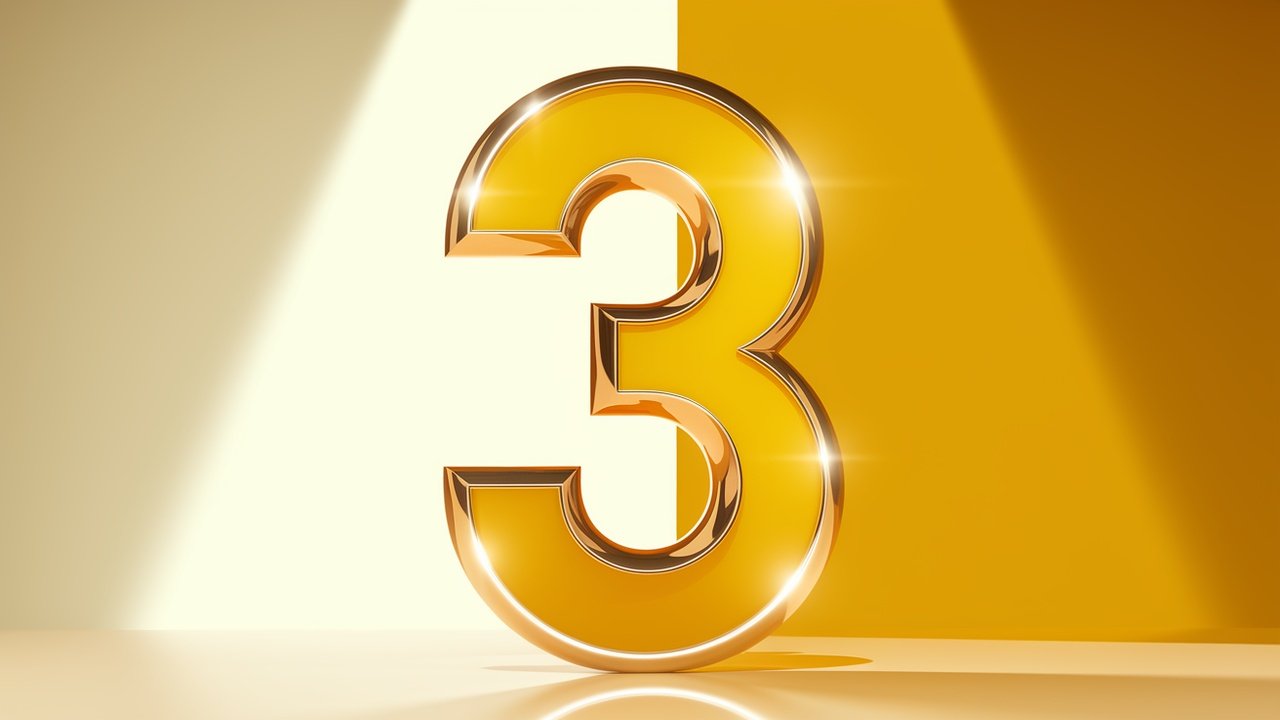Yellow 3: The Color, the Dye, and the Debate Behind the Label

Introduction: What’s in a Shade?
In the world of colors, yellow evokes images of sunlight, warmth, happiness, and energy. But when you hear the term “Yellow 3,” it might bring to mind something entirely different—a synthetic dye, a number on a food label, or a concern in health discussions.
While it may sound like a code or a paint chip from a hardware store, Yellow 3 is far more complex than its name suggests.
Found in foods, beverages, cosmetics, and even medications, Yellow 3 is often at the center of debates around food additives, consumer safety, artificial coloring, and transparency in labeling. But it’s also a color shade used in design, pigment manufacturing, and textile dyeing.
So, what is Yellow 3, really? Is it safe? Where is it used? Why does it matter to consumers, artists, and regulators alike? In this article, we’ll explore everything you need to know about Yellow3—from its chemical makeup to its cultural symbolism, health implications, and how it appears in everyday life.
Chapter 1: Understanding Yellow 3 – A Color and a Compound
1.1 What Is Yellow 3?
Yellow 3 refers to a synthetic dye that’s part of a group of food colorants approved by regulatory agencies for specific uses. While often confused with its cousins Yellow 5 (Tartrazine) and Yellow 6 (Sunset Yellow FCF), Yellow 3 is less frequently used, making it somewhat of a niche ingredient with unique applications.
In some labeling systems (like those used by the FDA and EU), food colorants are identified by numbers. In the United States, “Yellow3” is not as widely referenced by that exact name; however, the term is sometimes used interchangeably with certain pigments or dye codes, especially in artistic or chemical contexts.
It’s worth noting that Yellow 3 is not currently an FDA-approved food dye under that specific name in the U.S. Instead, it appears more often in industrial and non-food applications or in international labeling contexts.
1.2 A Quick Chemistry Snapshot
Most synthetic yellow dyes, including Yellow 3-like compounds, fall into the azo dye family—characterized by their vivid colors and strong binding properties. Azo dyes are made through chemical reactions involving aromatic compounds and are used because they’re cheap to produce, stable, and vibrant.
Chapter 2: Yellow 3 in Art, Fashion, and Industry

2.1 In Paints and Pigments
In the art world, “Yellow 3” is often used to describe Pigment Yellow 3, a specific shade categorized under the Color Index (CI) system. Artists and manufacturers use CI names to standardize pigments.
- Pigment Yellow 3 (PY3) is a synthetic organic pigment
- Often used in printing inks, plastic coloring, and textile dyeing
- Offers a bright lemon-yellow hue
Artists who work with acrylics, oils, and industrial paints may encounter Yellow3 in various formulations. Its lightfastness and opacity make it popular in commercial and fine art applications.
2.2 In Fabrics and Dyes
Yellow 3, or its equivalents, can be found in fabric dyes used to color everything from cotton T-shirts to industrial textiles. Its bold appearance and chemical stability allow it to remain vibrant through multiple washes—though sustainability concerns are increasingly calling synthetic dyes into question.
Chapter 3: The Role of Yellow 3 in Food and Beverages
3.1 Artificial Dyes in the Modern Diet
Though Yellow 3 isn’t as common in food products as Yellow 5 or Yellow 6, the concept of “yellow dyes” sparks discussion around food safety, especially when it comes to processed and packaged goods.
Foods typically associated with yellow dyes include:
- Soft drinks
- Candy
- Snack foods
- Breakfast cereals
- Ice cream
- Baked goods
In countries that allow Yellow3 (under other labeling systems), it’s used for its bright coloring appeal, which can enhance perceived flavor and shelf presence.
3.2 Why Use Synthetic Dyes at All?
Manufacturers use dyes like Yellow 3 because they are:
- Consistent in color
- Stable under different pH levels
- Cost-effective compared to natural colorants
- Able to survive heat processing and UV exposure
This consistency allows companies to maintain a uniform appearance across large batches of food, cosmetics, or other products.
Chapter 4: The Health Debate – Is Yellow 3 Safe?

4.1 Regulation and Approval
While Yellow 3 as a label isn’t common in U.S. FDA-approved colorants, related compounds are regulated and reviewed for safety. Synthetic dyes must pass rigorous toxicological studies to be approved, including tests for:
- Carcinogenicity
- Allergenic potential
- Behavioral impacts
- Metabolic absorption
Different countries have different regulations:
- European Union: Requires warning labels on certain azo dyes
- U.S.: Allows synthetic dyes like Yellow 5 and 6 with FDA approval
- Australia and Canada: Often mirror EU safety guidelines
4.2 Public Health Concerns
Critics of artificial dyes—including Yellow 3 analogs—raise concerns about:
- Hyperactivity in children (especially those with ADHD)
- Allergic reactions or intolerances
- Long-term exposure risks
Although large-scale studies have not definitively linked dyes like Yellow 3 to serious health risks in average consumers, precautionary avoidance is advised for sensitive individuals.
Chapter 5: Natural Alternatives to Yellow 3
With growing demand for clean labels and natural ingredients, many companies are replacing synthetic dyes with natural alternatives such as:
- Turmeric (Curcumin)
- Annatto extract
- Saffron
- Beta-carotene
These alternatives provide similar yellow hues but come with challenges:
- Shorter shelf lives
- Inconsistency in color
- Higher cost
Nonetheless, the clean-label trend continues to push artificial dyes like Yellow 3 further into niche usage.
Chapter 6: Yellow 3 in Consumer Products and Cosmetics
Synthetic yellow dyes aren’t just in food—they’re also found in:
- Shampoos
- Lotions
- Lipsticks and lip gloss
- Soaps
- Toothpastes
These dyes are typically included for visual appeal, giving products a bright and inviting look. However, like food items, cosmetics are also shifting toward natural pigmentation, especially in organic and eco-conscious brands.
Chapter 7: Cultural and Symbolic Significance of Yellow
While Yellow 3 refers to a specific synthetic shade, let’s not forget the deeper symbolic roots of yellow as a color:
- Hope and renewal: Yellow is often associated with spring, flowers, and positivity.
- Caution and alertness: Used in signs, warning labels, and hazard communication.
- Wealth and royalty: In some cultures, yellow or gold is linked to prosperity.
- Cowardice and betrayal: Historically, yellow has carried mixed symbolism, especially in Western contexts.
In design, Yellow 3’s bright, lemony tone evokes clarity, brightness, and energy—making it useful in branding, children’s products, and educational materials.
Chapter 8: Final Thoughts – Should You Worry About Yellow 3?
At the end of the day, the answer depends on your personal priorities and dietary restrictions. Here are some key takeaways:
✅ Yes, it’s synthetic, and that means it’s made in a lab
✅ It’s used widely, from inks and textiles to certain foods and cosmetics
✅ Safety regulations vary by country, but many synthetic dyes are legally approved
✅ Natural alternatives are available but come with trade-offs
If you’re striving for a more natural lifestyle, reading labels and opting for dye-free or plant-based coloring agents is your best strategy. But if you’re simply curious about what Yellow 3 is and how it impacts your life, now you have a full spectrum of knowledge—from the lab to the supermarket to your art studio.





